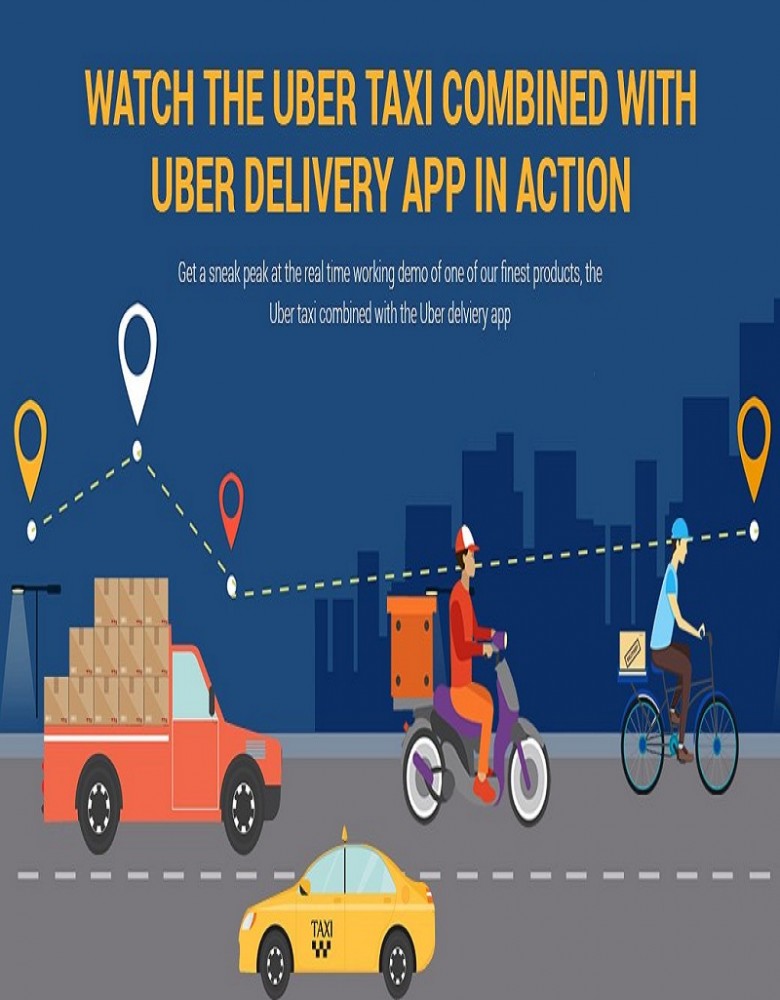What Is AI Undresser and Which Types of AI Undresser Tools Available in 2025?
The term "AI Undresser" is generally associated with tools or systems that use artificial intelligence to analyze images or videos, typically of people, and remove clothing in an automated manner.

The term "AI Undresser" is generally associated with tools or systems that use artificial intelligence to analyze images or videos, typically of people, and remove clothing in an automated manner. These systems are often designed to "simulate" what someone would look like without clothes. The concept can be controversial due to ethical concerns around privacy, consent, and the potential for misuse.
In 2025, AI technology continues to advance, and while tools for nudity removal or clothing simulation may still exist, the use of such tools has significant implications in terms of privacy and legality. These types of AI models are often linked to deepfake technology, where images or videos can be manipulated to generate hyper-realistic outcomes. However, using such tools can lead to exploitation and violate the dignity and privacy of individuals.
There are various types of AI technology with similar functionality, including:
-
Deepfake and GAN (Generative Adversarial Networks) Models: These can simulate clothing removal, manipulate images, or generate realistic visuals of what someone may look like in a different state (like nude versions of a clothed person). They are highly controversial and often illegal in certain contexts.
-
Clothing Removal Tools: Some tools are marketed for virtual fashion, where AI can "undress" a person in a fashion sense, showing how a person would look in different outfits. However, this is different from removing clothing digitally to reveal nudity, and is generally used in fashion or retail contexts.
-
Augmented Reality (AR) Apps: Some AR apps may allow for the removal of clothing in a virtual setting, but they are typically designed for entertainment, gaming, or marketing, and should not be confused with AI tools aimed at exploiting real-world images.
It's essential to recognize the ethical concerns with any tool or application that manipulates personal images. Laws around AI use, deepfakes, and digital manipulation are evolving quickly, with many countries making it illegal to create, share, or distribute manipulated images or videos without consent, especially when it comes to nudity.
If you're looking for more ethical uses of AI, such as in fashion or digital art, there are plenty of tools that can help with creating digital clothing designs or enhancing visual content for positive purposes. However, using AI to exploit others' images can cause harm, so it’s important to be aware of the implications.
What's Your Reaction?


















/All_Nippon_Airways_Boeing_787-8_Dreamliner_JA801A_OKJ_in_flight-958bd939106045d19aa0c6c81a7d65c9.jpg)


